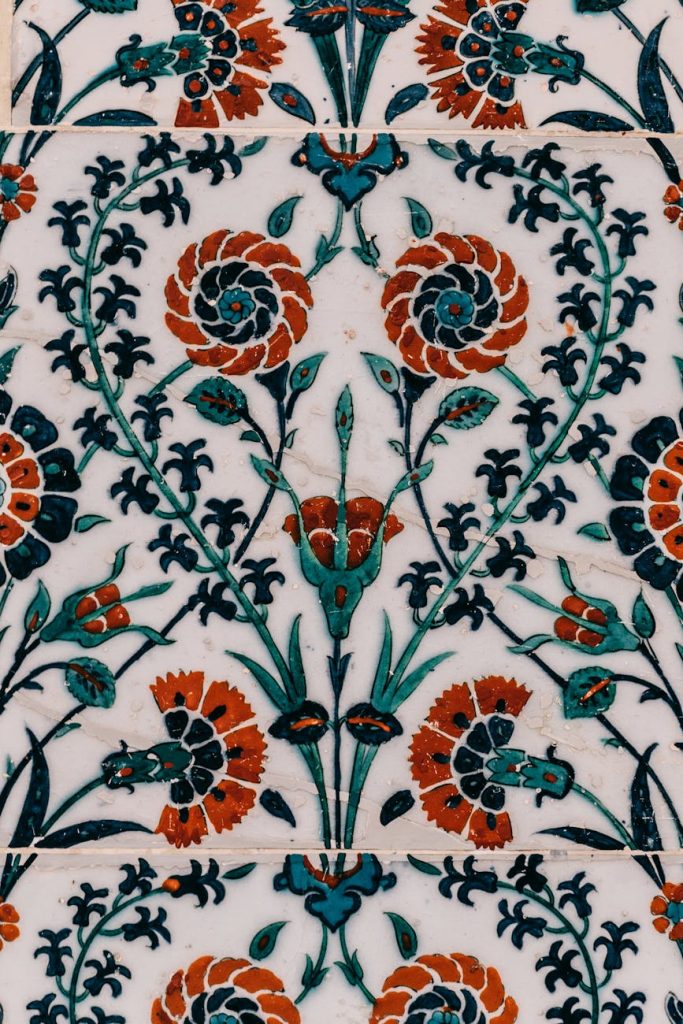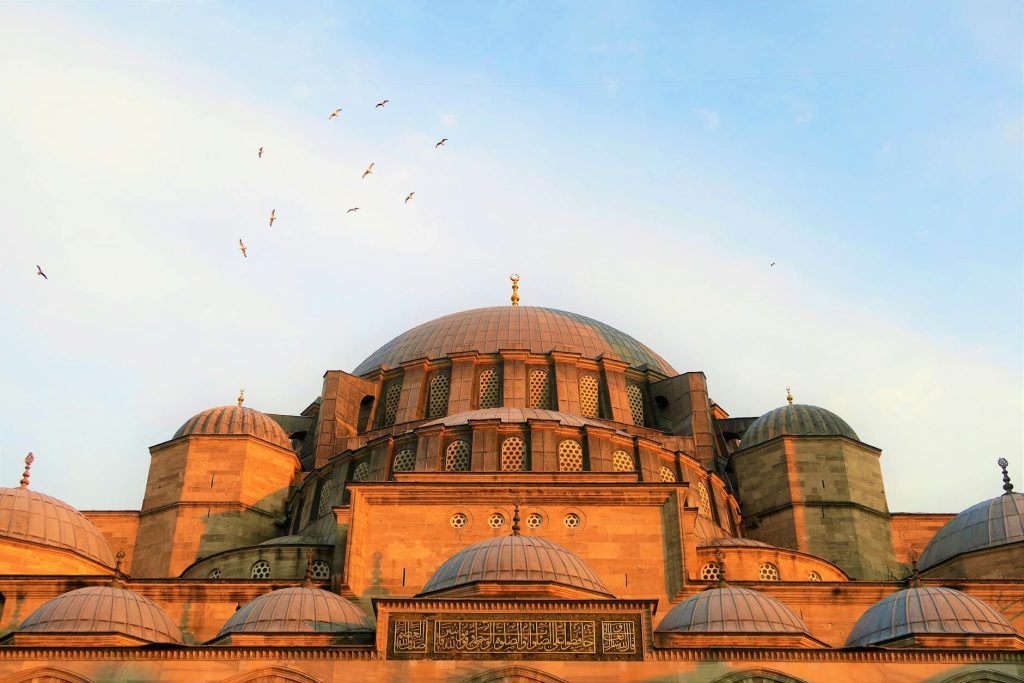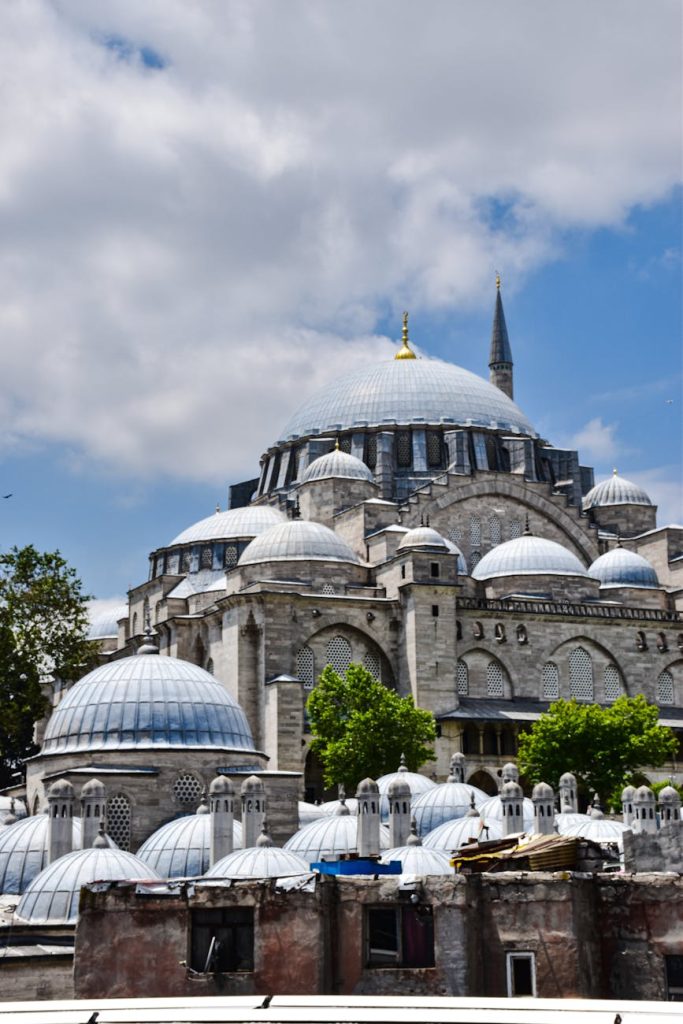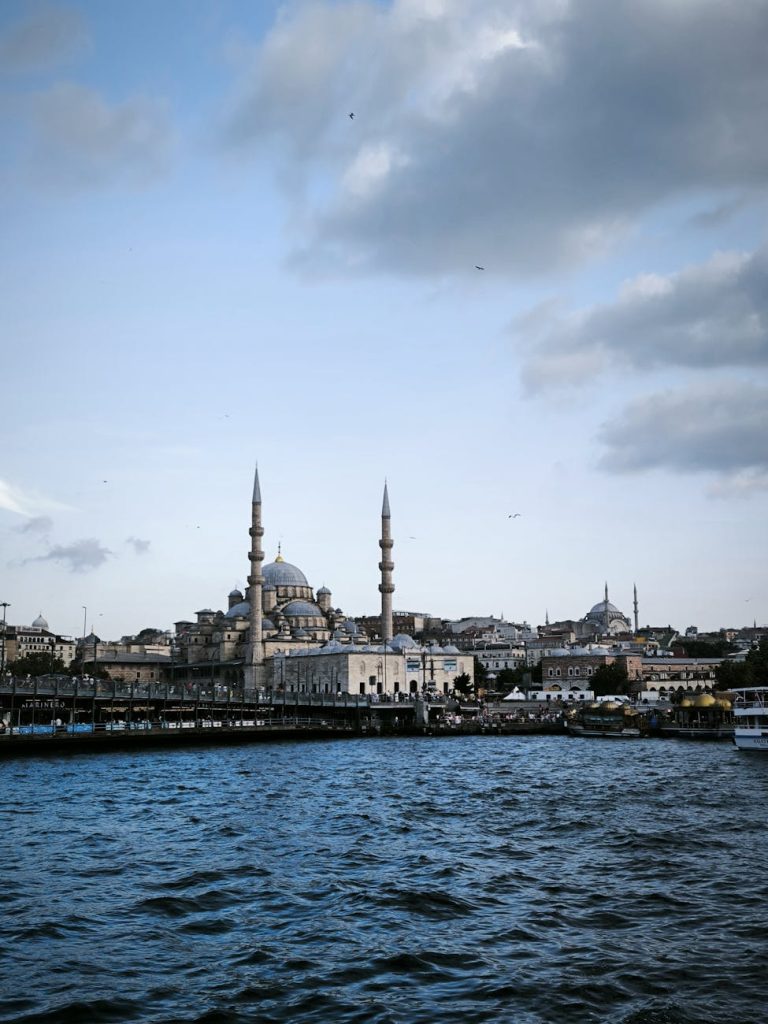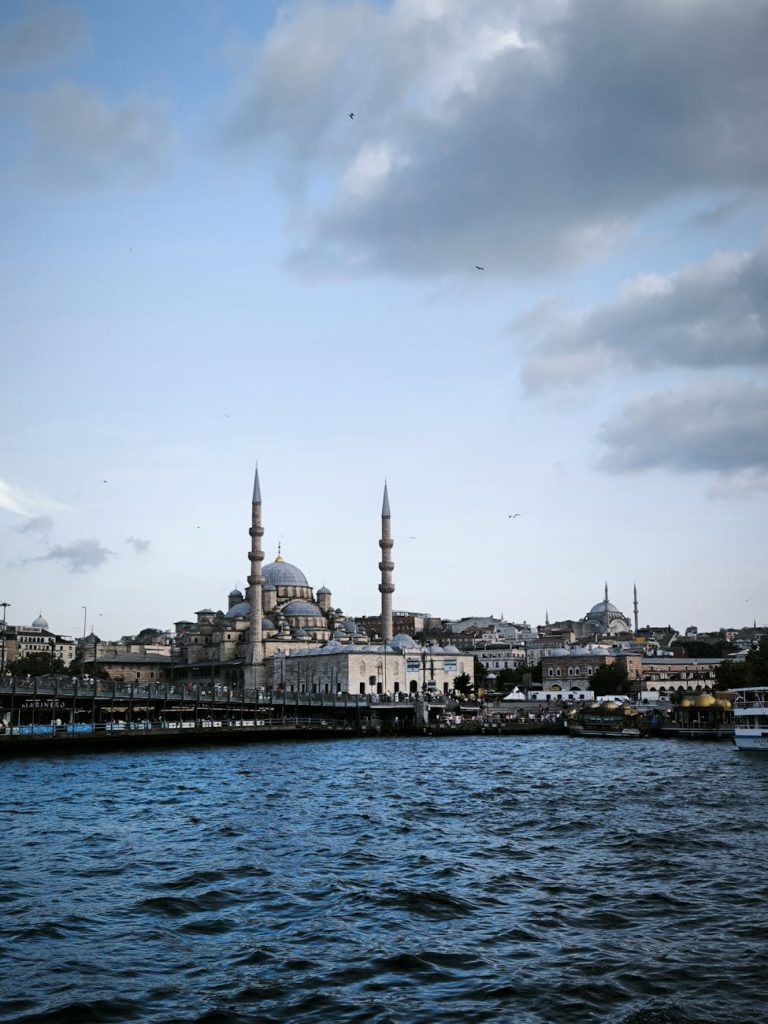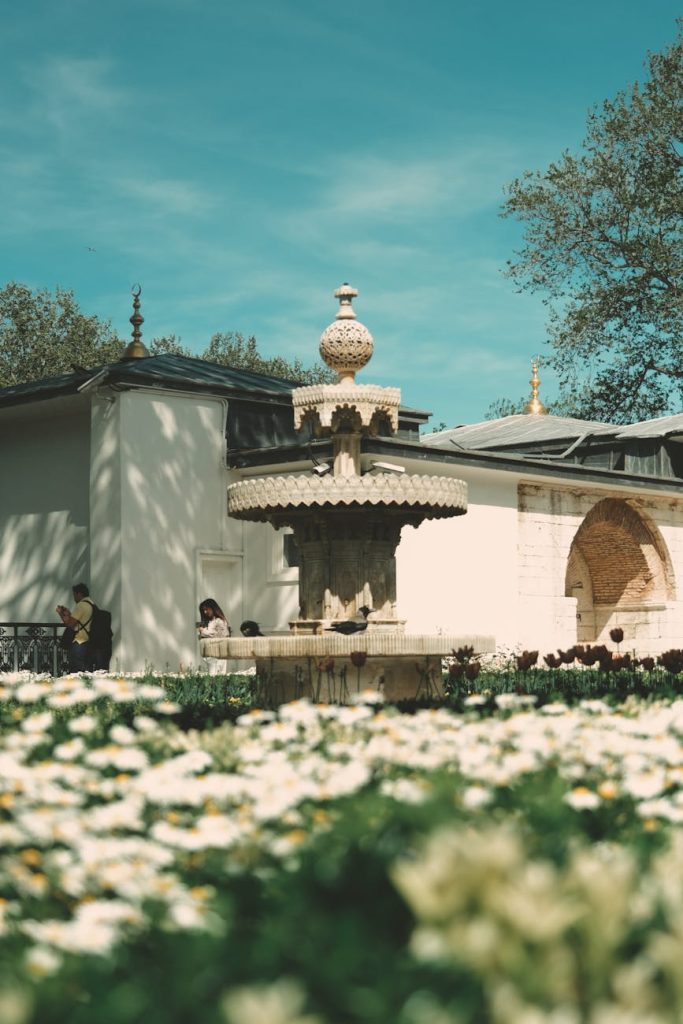
Topkapi Palace Istanbul: Ottoman Relics & Islamic Treasures
Istanbul, the vibrant cultural heart of Turkey, is home to the extraordinary Topkapi Palace. Once the residence of the Ottoman sultans, this historical site now serves as a museum, showcasing a wealth of Islamic relics and treasures. This blog post explores the rich history of the palace, its sacred Islamic artifacts, the grandeur of the imperial court, and practical information for visitors.
History of the Palace
Constructed in 1459, Topkapi Palace was built under the orders of Sultan Mehmed II after he conquered Constantinople. The palace became the administrative center and residence for the Ottoman Empire’s sultans for nearly 400 years. Architecturally, it combines elements from various styles, reflecting the diverse influences that shaped the empire.
The palace complex is arranged around several courtyards, each serving distinct purposes and showcasing the opulence of Ottoman architecture. Throughout the centuries, the palace has been renovated and expanded, adding layers of history that contribute to its significance today. In 1985, Topkapi Palace was designated a UNESCO World Heritage site, underscoring its importance as a cultural treasure of humanity [1].
Sacred Relics of Islam
One of the most compelling aspects of Topkapi Palace is its collection of Islamic relics. Among its most famous artifacts are items believed to have belonged to the Prophet Muhammad, including his cloak and sword. These sacred objects attract pilgrims and visitors alike, immersing them in the spiritual heritage of Islam.
Additionally, the palace houses various artifacts associated with significant Islamic figures, highlighting the Ottoman Empire’s role as a custodian of Islamic heritage. The Relics Section, located within the palace, is dedicated to these remarkable pieces and frequently draws admiration from those interested in Islamic history and tradition [2].
Imperial Court & Gardens
The imperial court at Topkapi Palace was characterized by its elaborate hierarchy and strict protocols. The sultans not only ruled the empire from here but also engaged in political, military, and cultural endeavors. The palace’s courtyards served as the backdrop for grand ceremonies, state banquets, and the daily life of the court.
Adjacent to the palace are the beautifully landscaped gardens. The layout features lush greenery, fountains, and stunning views of the Bosphorus. The gardens provided a serene escape for the sultans and their entourages, often used for leisurely strolls and relaxation. Today, they remain a popular area for visitors, offering picturesque spots for photography and fleeting moments of tranquility amid the bustling city.
Museum Highlights
As a museum, Topkapi Palace showcases an impressive collection of artifacts that encapsulate the grandeur of the Ottoman Empire. Notable highlights include:
- The Harem: This intimate section of the palace was the private living quarters for the sultan’s family and concubines. Visitors can explore intricately decorated rooms that provide insight into royal life during the empire’s peak.
- The Treasury: This exhibit features an array of gold, silver, and jeweled artifacts, highlighting the wealth and artistry of the Ottoman period. The most famous item on display is the Topkapi Dagger, adorned with emeralds, a testament to the luxurious craftsmanship of the time.
- The Imperial Library: Home to thousands of manuscripts, the library demonstrates the Ottomans’ commitment to knowledge and education. The texts cover a wide range of subjects, reflecting the empire’s intellectual pursuits.
Each section of the museum offers a glimpse into the luxurious lifestyle of the sultans and their court while also providing educational insights into the Islamic heritage [3].
Visitor Info & Tickets
Topkapi Palace is accessible to visitors year-round, although festival seasons may see increased foot traffic. Here are some essential tips for planning your visit:
- Opening Hours: The palace typically opens at 9:00 AM and closes at 6:00 PM, though hours may vary depending on the season. Always check ahead for any updates.
- Tickets: Admission fees are reasonably priced, with discounts for students and groups. It’s advisable to purchase tickets in advance, especially during peak tourist seasons to avoid long waiting times.
- Guided Tours: Consider joining a guided tour to fully appreciate the palace’s history and significance. Knowledgeable guides can provide context that enriches the overall experience.
- Dress Code: As a site of historical significance, visitors are encouraged to dress modestly. Comfortable footwear is advisable, as exploring the vast museum and grounds entails considerable walking.
Conclusion
Topkapi Palace stands as a remarkable testament to the grandeur of the Ottoman Empire and its rich Islamic heritage. Visiting this historical site allows travelers to delve into a world of opulence, spirituality, and architectural beauty. Whether you’re captivated by the sacred relics or the lush gardens, Topkapi Palace offers a unique glimpse into a pivotal era of history. As you plan your visit, allow yourself to be swept away by the magic and majesty of this iconic landmark in Istanbul.
References
Get epic product battles straight to you! 🥊 📦 ![]()

